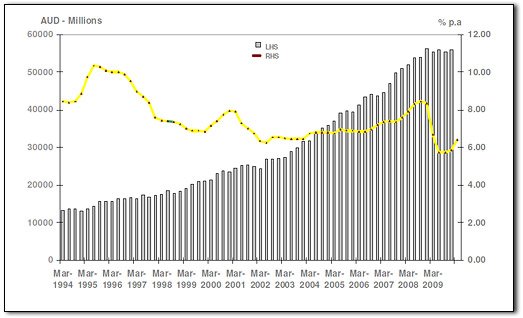Author: Dustin
I met Daniel Zetah this past summer, while interning on a small-scale vegetable farm in northern Minnesota. He arrived one Thursday in a white, well-worn isuzu pickup, together with his fiancée, Stephanie. They brought with them two coolers full of meat (which they raised and butchered themselves), a few baskets of vegetables, a live turkey and her poults, two dogs, some camping equipment, and an old friend from their eco-village days who they had fortuitously seen hitchhiking along the side of the road. Daniel had interned on the farm years ago, and he was now returning to be married.
I learned over the course of their visit that Daniel had spent years living in Tasmania, where he had been a “freegan” (someone that scavenges for free food to reduce their consumption of resources), and full-time environmental activist, then a permaculture student, and then a natural builder. I learned Daniel had spent nine months on The Sea Shepherd—an anti-whaling ship vessel that uses direct-action tactics to confront illegal whaling ships—and played a very active role in Occupy Wallstreet.
I learned, too, that after ten years of vegetarianism, Daniel had become a big-time carnivore. As I had recently given up meat in an effort to mitigate my environmental impact, this choice struck me as incongruous. We ended up having a conversation about ethical and environmental eating, which challenged, angered, intrigued, and enlightened me. Daniel and his wife returned to their once-farm in central Minnesota, to finish packing and preparing to move to Tasmania. I called him at home to get the whole story, and record it for this article.
Would you describe yourself as a long-time farmer and environmental activist?
Not at all. I used to be a redneck. I used to race cars and motorcycles and snowmobiles… I was a motorhead. I don’t want people to think I was always like this, because then they’re like “oh, they were just brought up that way by parents that…” it’s like no, no: I was raised by wolves.
Until I was in my early 20s I ate nothing but crap. Like, garbage, American, supermarket food. When I would go shopping, I was literally after the cheapest calories I could possibly find at the supermarket.
When did that start to change?
Well, I met a girl that I ended up getting married to and she was vegetarian, and so I started eating a vegetarian diet. Which is still completely disconnected and completely clueless as to what your eating and where it’s from, it’s just you’re not eating meat. I ate tons of grain, lots of dairy and cheese, even eggs, but just no meat… And that’s where I was at for probably a good eight years, until my early 30s.
Keep Reading on Dustin’s View

